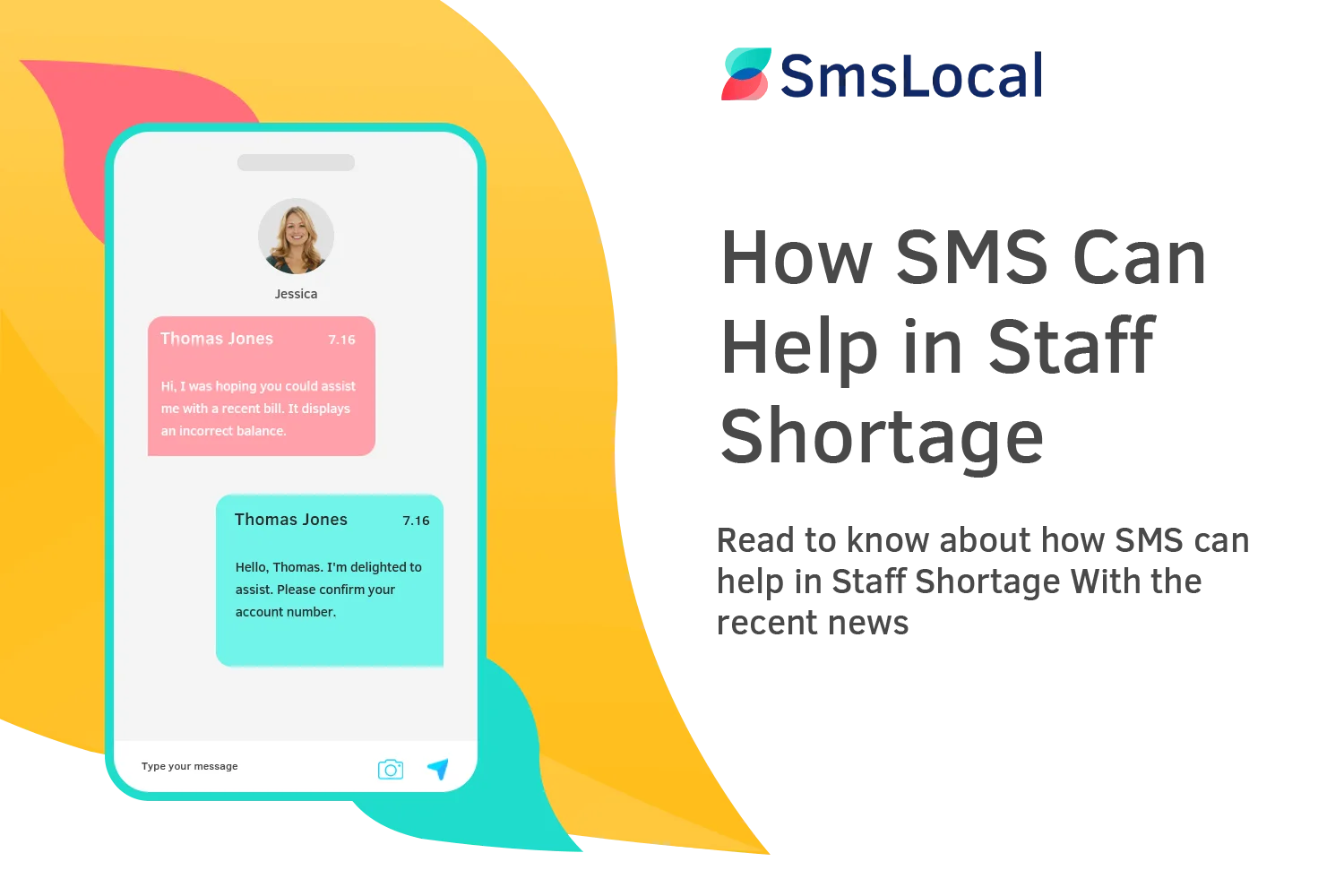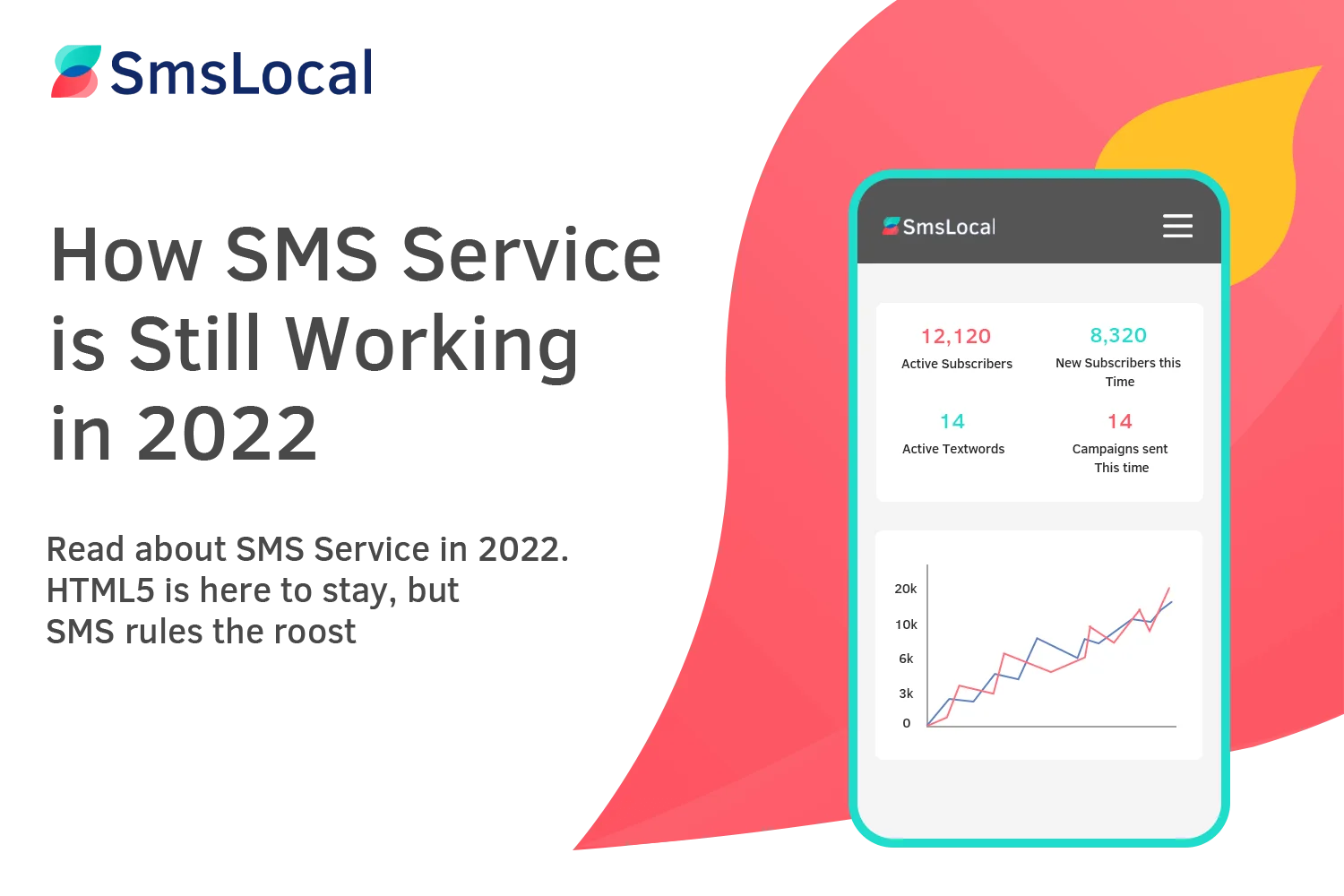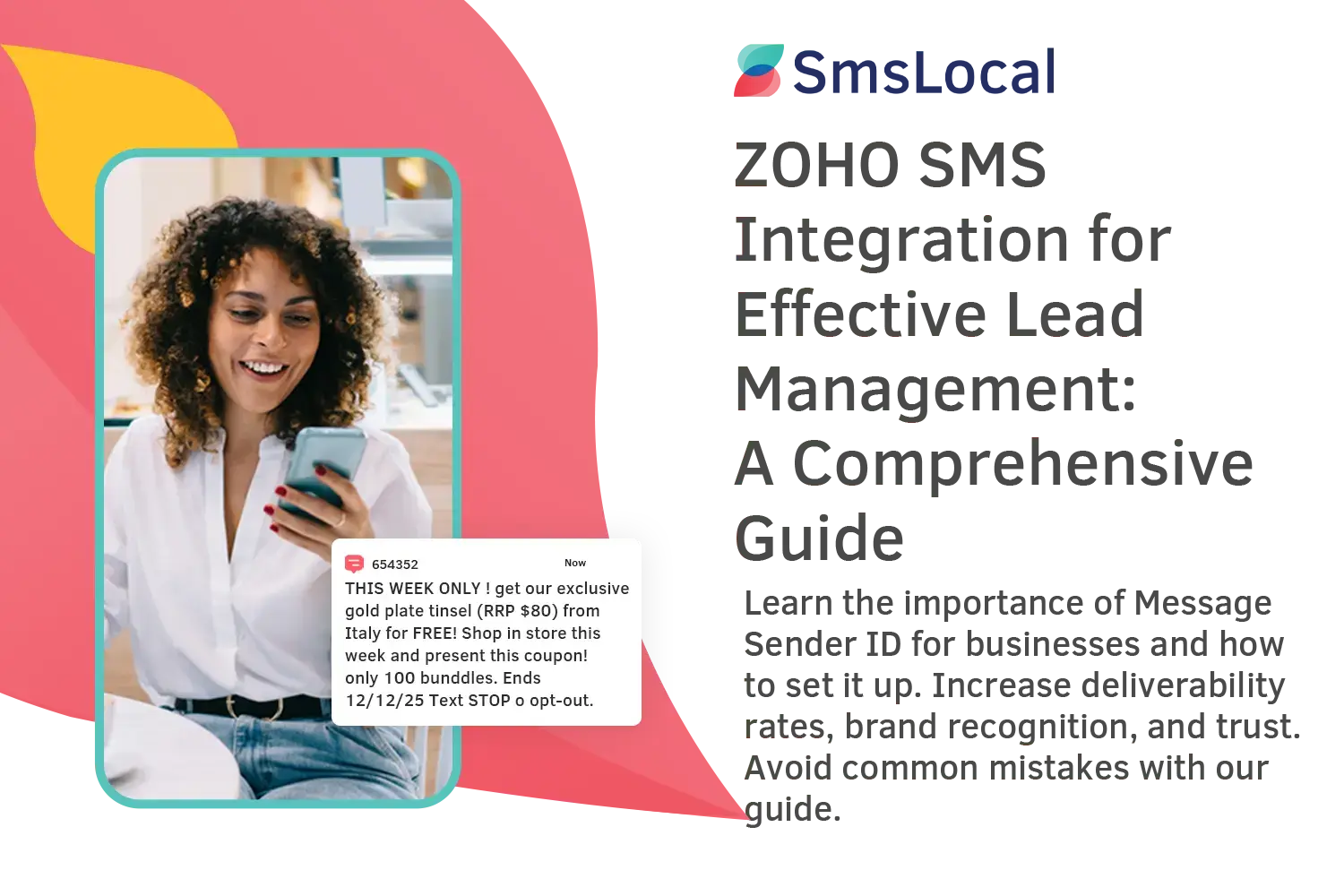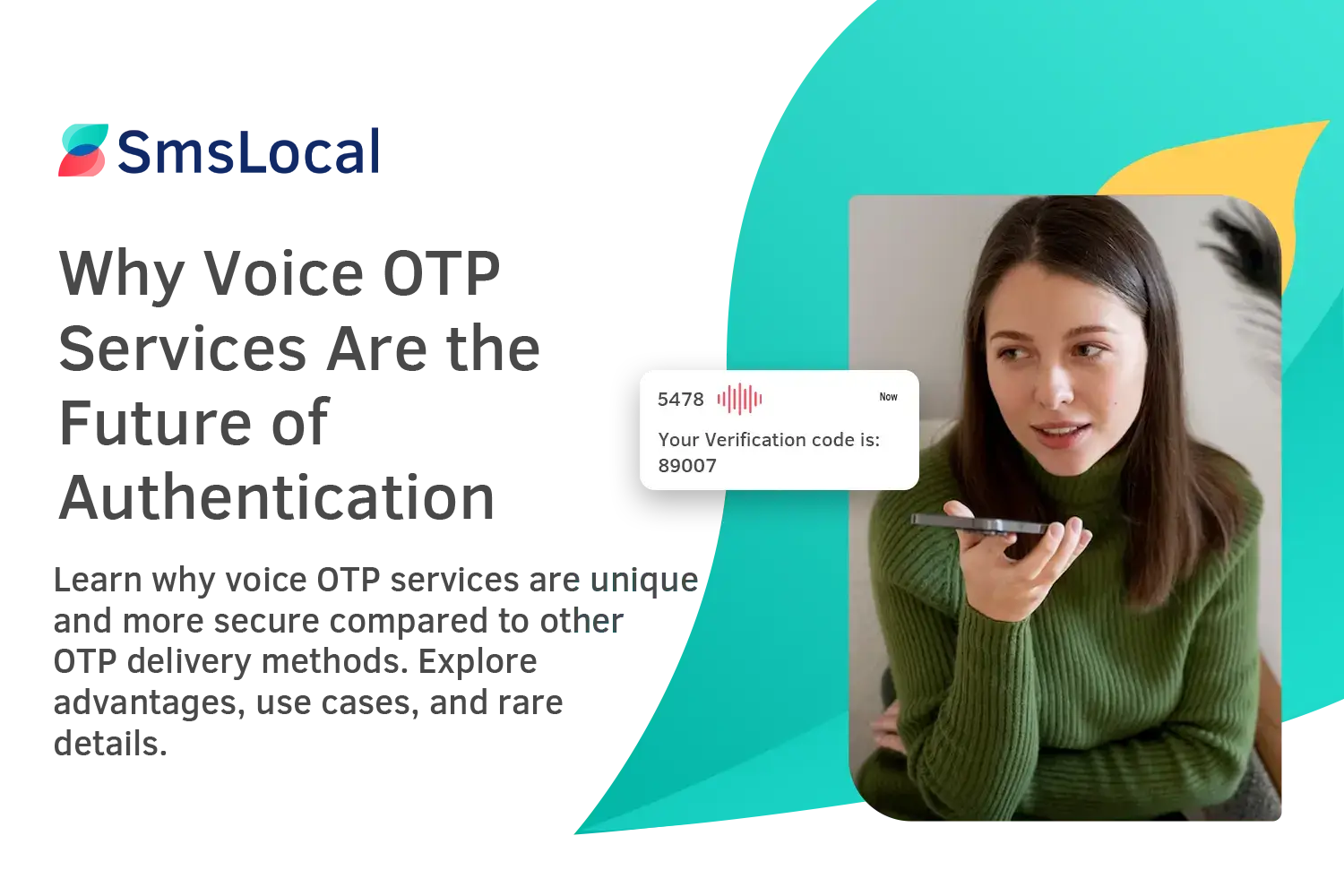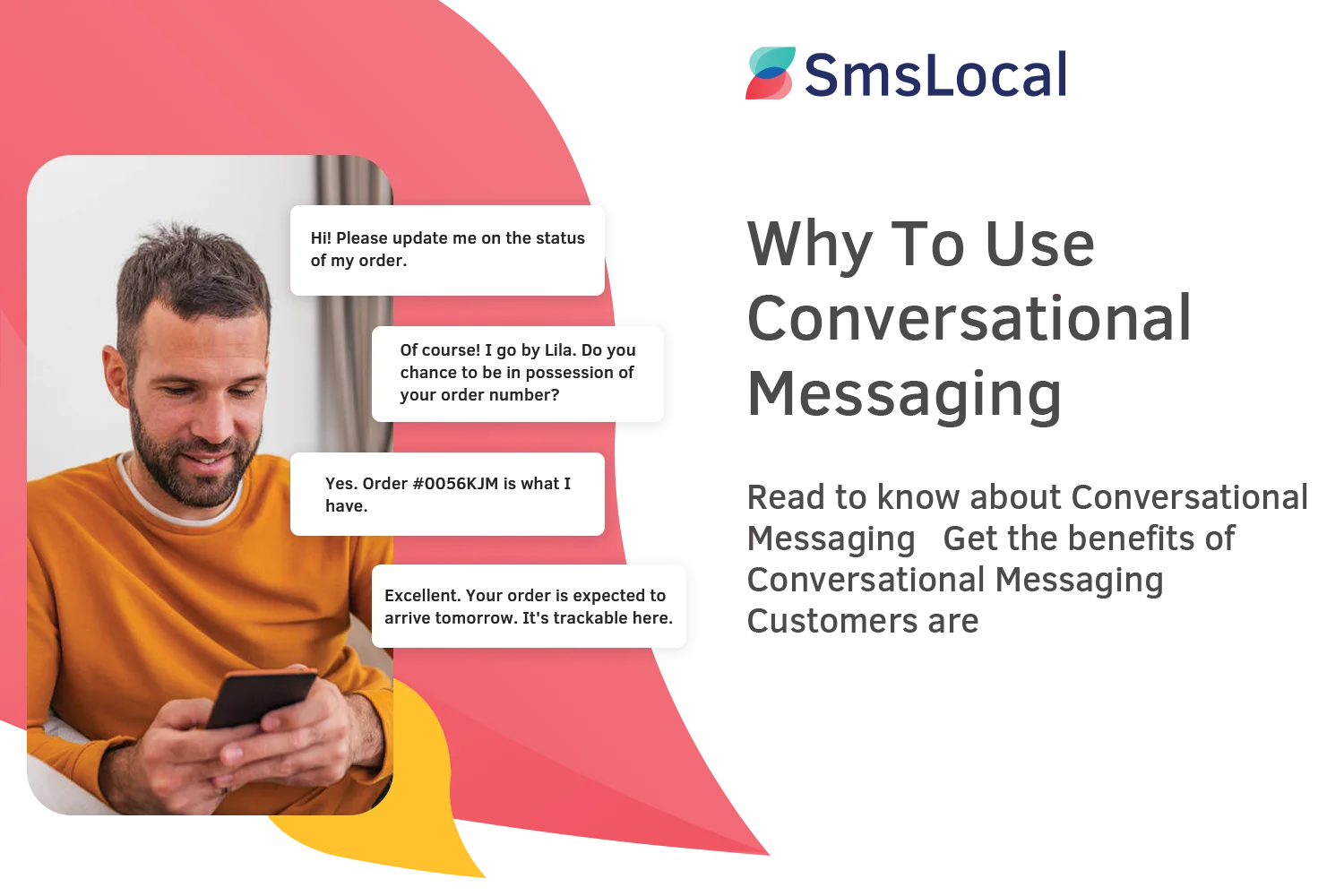The Ultimate Guide to Effective SMS Alerts: Mastering Communication”
Introduction
In today’s fast-paced world, mobile SMS alerts have become popular for businesses to stay connected with their customers. SMS alerts are short text messages companies send to inform customers of important updates, promotions, discounts, and other relevant information. These messages can be highly effective when used correctly by following best practices.
Explanation of SMS alerts
SMS (short message service) alerts are messages sent via mobile devices that are limited in length to 160 characters or less. These messages notify recipients about specific events or topics, such as appointment reminders, order confirmations, shipping updates, and promotional offers. They have become a powerful tool for marketers because they can reach customers directly on their phones.
Importance of following best practices
While SMS alerts can be quite effective in engaging customers and driving business revenue, it’s essential to follow best practices when sending them out. Following these guidelines ensures recipients receive relevant information they find helpful and timely while avoiding overloading them with irrelevant or unnecessary content. Best practices also help maintain a positive brand image among your target audience.
Overview of the best practices
The following seven best practices will help ensure that your SMS Alerts are effective: – Understanding Your Audience
– Timing and Frequency – Message Content and Language
– Personalization and Customization – Opt-in and Opt-out Processes
– Testing and Measuring Success By adhering to these rules, you will ensure that your business continues to provide valuable messaging to its receivers while maintaining excellent customer relations with them.
Introduction
SMS alerts are an effective way for businesses to communicate with their customers. These alerts can be used for various purposes, such as sending promotional offers, confirming appointments, or notifying customers of essential updates. SMS alerts have become increasingly popular due to their convenience and immediacy in reaching customers on mobile devices.
Explanation of SMS Alerts
SMS stands for Short Message Service, a text messaging service that allows businesses to send short messages directly to their customers’ mobile phones. These messages are usually limited to 160 characters and can include text, links, and even images. In addition, businesses typically use SMS alerts to inform customers about time-sensitive information or promotions.
Importance of Following Best Practices
Following best practices is critical when it comes to sending SMS alerts. Not only does it ensure that the message is well-received by the customer, but it also helps maintain the integrity of the business’s brand image. Sending irrelevant or poorly timed messages can lead to customer frustration and even result in them opting out of receiving future messages.
Overview of Best Practices
There are several best practices that businesses should follow when sending SMS alerts:
- Understanding Your Audience: knowing your audience is crucial when creating compelling messages.
- Timing and Frequency: timing and frequency play a significant role in whether or not your message will be well-received.
- Message Content and Language: keeping the message concise and using precise language will help ensure the message is easily understood.
- Personalization and Customization: personalizing messages based on customer preferences can help increase engagement rates.
- Opt-in and Opt-out Processes: providing clear opt-in and opt-out options is essential for maintaining the integrity of your sms program.
- Testing and Measuring Success: analyzing metrics and conducting a/b testing can help determine the effectiveness of your sms program.
By following these best practices, businesses can create effective SMS alert campaigns that are relevant, timely, and well-received by their customers. In the following sections, we will dive into these best practices in more detail to provide a comprehensive guide for businesses looking to improve their SMS alert programs.
Understanding Your Audience
To create effective SMS alerts, businesses need to understand their audience. This involves not only knowing demographic information about their customers and understanding their needs and preferences. By taking the time to understand your audience, you can tailor your messages to resonate with them and increase the likelihood that they will take action due to receiving your SMS alerts.
Importance of Knowing Your Audience
Knowing your audience is critical when it comes to creating effective SMS alerts. With this knowledge, businesses risk sending messages recipients relevant or well recipients. By taking the time to understand your audience, you can ensure that your messages are targeted and relevant, which will increase engagement and ultimately lead to better results.
Demographic Information to Consider
When understanding your audience for SMS alerts, consider age, gender, location, income level, and interests. This information can help you tailor your messages to resonate with different segments of your customer base. For example, if you have a younger customer base interested in technology trends, include references to new gadgets or apps in your SMS alerts.
Tailoring Messages to Audience Needs
Tailoring messages according to the needs of different segments of your customers is critical for success with SMS alerts. In addition, customers have other interests and motivations for engaging with businesses via text message.
Some may be looking for promotional offers or discounts, while others may be more interested in receiving updates on new products or services. By understanding these differences and tailoring messaging accordingly, businesses can increase engagement rates while keeping opt-out rates low.
Understanding one’s audience is a vital component when sending out SMS alerts. By knowing your audience’s needs and preferences, businesses can tailor messages that resonate with their customer base and ultimately drive desired results.
Timing and Frequency
Best Times to Send SMS Alerts
Knowing when to send SMS alerts is crucial in ensuring customers receive them well. Generally, the best time to send SMS alerts is between 9 am and 6 pm on weekdays. However, this can vary depending on the nature of the business and its customers.
For example, if a business serves mostly stay-at-home parents or college students, they may have more success sending alerts during unconventional hours. Therefore, analyzing customer behavior patterns using data analytics tools is essential to determine the optimal times for sending SMS alerts.
Frequency of Sending Messages
While staying in touch with customers is essential, doing it with only a few text messages is crucial, as they can become overwhelming and lead customers to opt out. The frequency of sending messages should be carefully considered based on the nature of your business and what you’re offering your customers.
Some businesses may only need to send one message weekly or monthly; others may require more frequent updates. Monitoring engagement rates can determine how often companies should send text messages without annoying them.
Avoiding Over-saturation
It’s essential not only to consider how frequently you send text messages but also how much information you convey in each message. Keeping text messages concise while still providing valuable information is critical. Including too much content or multiple calls to action can overwhelm recipients and lead them to take action.
Texts should be straightforward to understand while conveying an essential point quickly and efficiently. By avoiding over-saturation of content in each message, businesses can ensure their readers remain effective at driving customer engagement without leading them towards opting out due to annoyance or confusion about what steps they need to take next.
Message Content and Language
Effective SMS alerts are all about getting the message across quickly and concisely. This means businesses must keep their statements brief, concise, and easy to understand. Short notes are more easily digestible, ensuring customers feel comfortable with the information.
Keeping messages concise
To cSMS alerts should be kept concise tovey the most essential information in a critical time; SMe ideal length of an SMS alert; is between 160-180 characters or less than two sentences for maximum impact. The key is to focus on what matters most and use clear, simple, and easy-to-understand language.
Using clear language and avoiding jargon
Another effective way of ensuring clarity in SMS alerts is using language that customers can easily comprehend. Avoid using industry-specific jargon or abbreviations, as not everyone knows them. Businesses should also avoid overly complicated words or phrases as they can be confusing and detract from the overall message.
Including a clear call-to-action
Every SMS alert should include a clear call-to-action (CTA) that encourages the recipient to take action immediately. This might include directing them to a website or asking them to reply with a specific keyword if they want more information about a product or service. CTAs are essential for driving engagement and increasing customer response rates.
Without one, your message may fall flat or be ignored altogether. Overall, crafting successful SMS alerts requires careful thought on all fronts: understanding your audience, choosing ideal times for sending messages, and creating personalized content- but nailing down these three elements: keeping it concise, using clear language, including a compelling call-to-action will go far in ensuring your success!
Personalization and Customization
Benefits of personalizing messages
Personalizing SMS alerts can have a significant impact on the success of a campaign. By addressing customers by their name, including personalized information, or providing customized offers, businesses can increase the relevance and interest of their messages.
Personalized messages help connect the business and the customer, resulting in increased engagement and a higher likelihood of conversion. Studies have shown that customized SMS alerts have an open rate of up to 98%, which is significantly higher than generic messages.
Customizing messages based on customer preferences
Businesses should aim to send SMS alerts tailored to their customer’s needs and preferences. The more relevant the message is to the individual recipient, the more likely they are to engage with it.
Businesses can create targeted campaigns that resonate with specific audience segments by using customer data such as purchase history or browsing behavior. For example, if a customer has previously purchased running shoes from an online store, they may be interested in receiving alerts about new running gear or upcoming races.
Utilizing customer data for personalization
Customer data is valuable for businesses looking to personalize their SMS alerts. Businesses can gain insights into each customer’s interests and preferences by collecting and analyzing data such as previous purchases, website activity, or social media interactions. This information can then be used to create targeted campaigns highly relevant to each recipient.
For example, suppose a customer has recently searched for vacation packages on a travel website but hasn’t yet booked anything. In that case, they may be interested in receiving an SMS alert about discounted flights or hotel deals for their desired destination. Personalization and customization are essential components of effective SMS alert campaigns.
By tailoring messages based on customer preferences and utilizing available data for personalization, businesses can create highly relevant and engaging campaigns for their audience. This, in turn, can lead to higher open rates, increased engagement, and, ultimately, more excellent conversion rates.
Opt-in and Opt-out Processes
Importance of opt-in process
When it comes to SMS alerts, businesses must ensure that they have the proper consent from their customers before sending them any messages. This is where the opt-in process comes in. The opt-in process requires customers to provide explicit consent before receiving any text messages from a business.
Not only is this important for legal reasons, but it also ensures that businesses are not sending unwanted messages to their customers. To encourage more people to opt in, companies should communicate the benefits of receiving SMS alerts and include an easy-to-follow opt-in process.
Providing easy opt-out options
Just as crucial as the opt-in process is providing an easy way for customers to unsubscribe or opt out of receiving SMS alerts. This ensures compliance with regulations and helps maintain a positive relationship with customers who may no longer want to receive notifications. Businesses should provide clear instructions on how to unsubscribe from SMS alerts, such as including an “opt-out” option in every message sent or giving clear instructions on how to do so on their website.
Ensuring compliance with regulations
There are strict regulations around sending SMS alerts, including requirements for obtaining customer consent and providing an easy way to unsubscribe from messages. Businesses must stay up-to-date on these regulations and ensure that they are following them correctly. For example, some countries require that companies obtain explicit written consent before sending messages, while others may require specific disclosures in each message sent.
Failing to comply with these regulations can result in hefty fines and damage a business’s reputation among its customers. Following best practices for opting in and opting out of SMS alerts is crucial for building trustworthy relationships between customers and businesses engaging with them through mobile devices.
Customers need full control over when they want updates regarding products, services, or promotions, and SMS marketers should respect that by providing clear opt-out options and obtaining consent in transparent ways. This sets a foundation of mutual trust that is key to delivering value through SMS alerts in the long term.
Testing and Measuring Success
After developing SMS alerts that follow the best practices, businesses should test and measure their effectiveness. This process helps to identify what works and what needs improvement.
Conducting A/B testing
One way to test SMS alerts is by conducting A/B testing. This is where two versions of the same message are sent to different groups of customers to see which one performs better. Businesses can use this method to test different aspects of their SMS alerts, such as timing, frequency, language, personalization, and call-to-action.
For example, a business could send a personalized message with a clear call-to-action to one group of customers at a specific time and frequency while sending a non-personalized message with no clear call-to-action at a different time and frequency to another group of customers. By measuring the response rates for each group, the business can determine which approach is more effective.
Analyzing metrics
Another way to measure the success of SMS alerts is by analyzing metrics such as open rates, click-through rates (CTR), conversion rates, opt-out rates, and customer feedback. These metrics provide insights into how well customers are engaging with the messages. Open rates indicate how many recipients opened the message while CTR indicates how many recipients clicked on links within the message.
Conversion rates show how many recipients took action after receiving the alert while opt-out rates show how many recipients unsubscribed from future messages. Customer feedback obtained through surveys or other means can also provide valuable insights into what customers like or dislike about the messaging strategy.
Conclusion
Following best practices when sending SMS alerts is crucial for businesses that want to communicate effectively with their customers. By understanding their audience, timing and frequency, message content and language, personalization and customization, opt-in and opt-out processes, testing and measuring success, businesses can develop SMS alerts that are well-received by their customers while achieving their business objectives. By incorporating these best practices into their SMS messaging strategies, businesses can establish stronger relationships with their customers while boosting their bottom line.
Moreover the use of text messages is a very important tool to keep customer informed on your products or services in real time without interrupting them in the middle of something. These short alerts help build loyalty from customers as they feel informed but not bothered.This keeps customers coming back for more which is a win-win situation for both parties involed.






